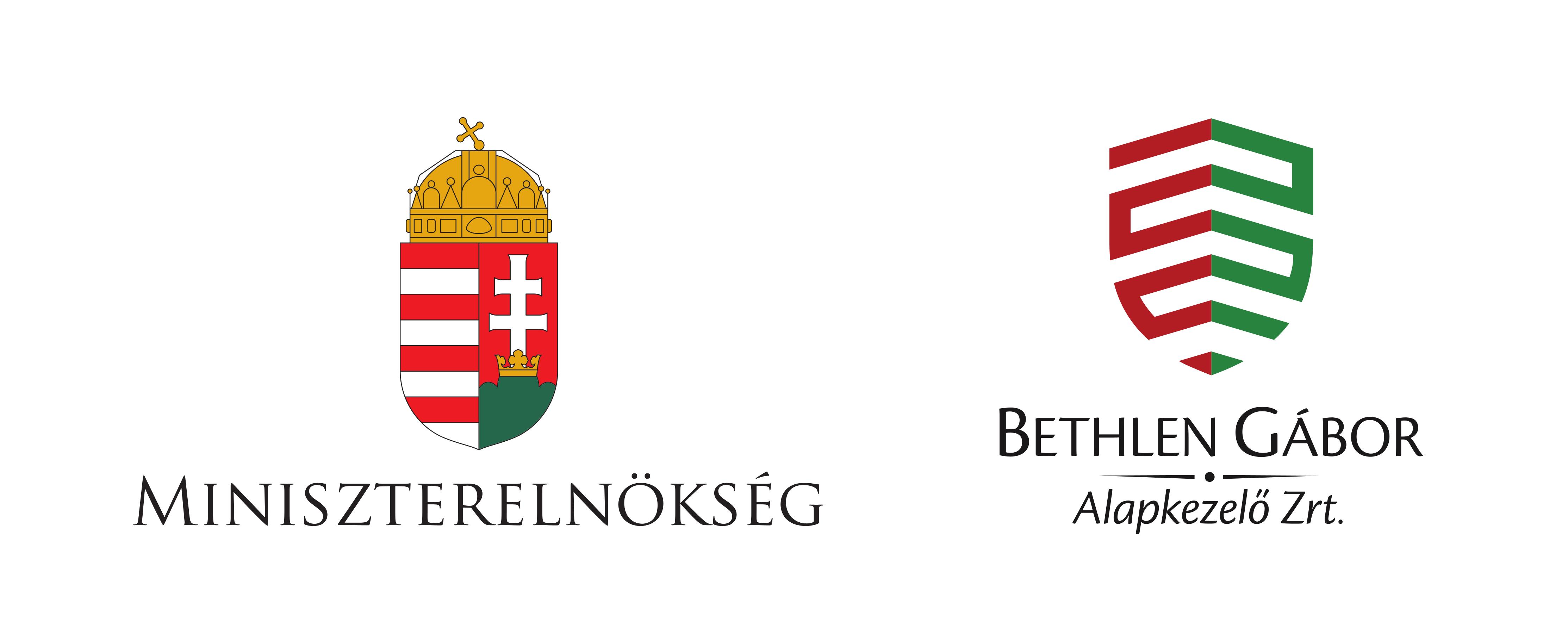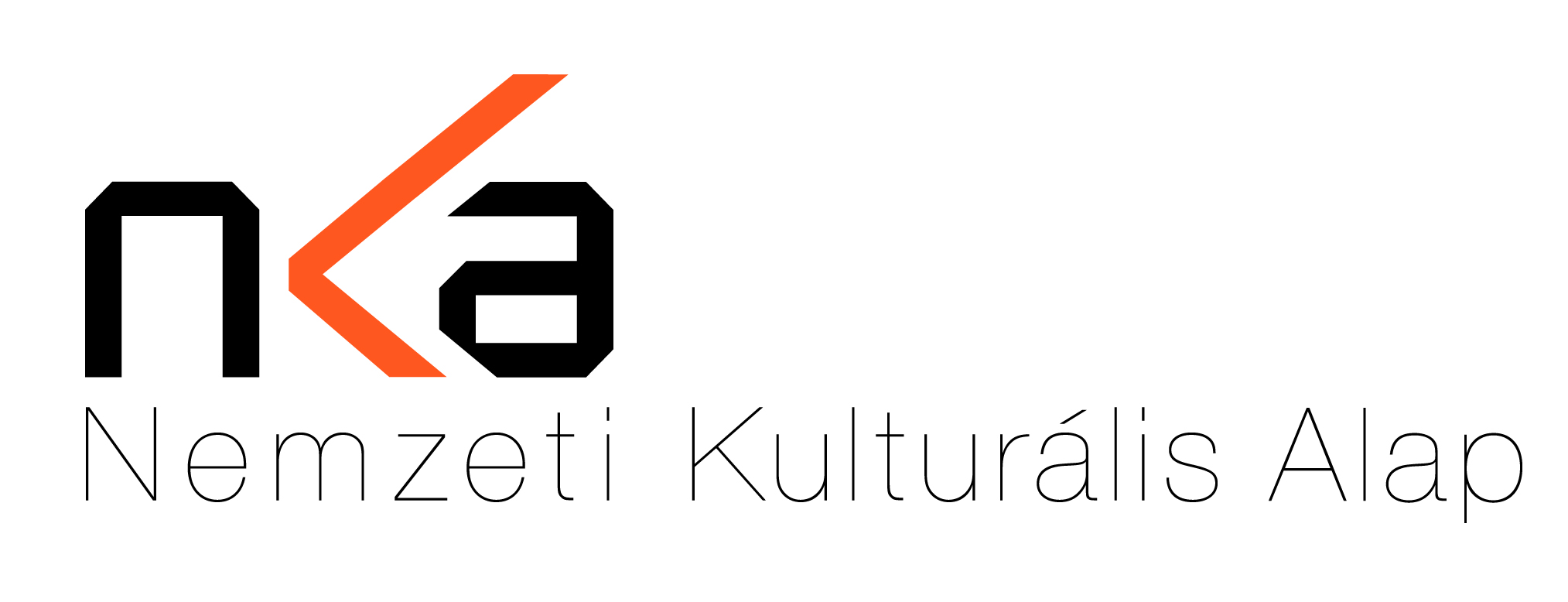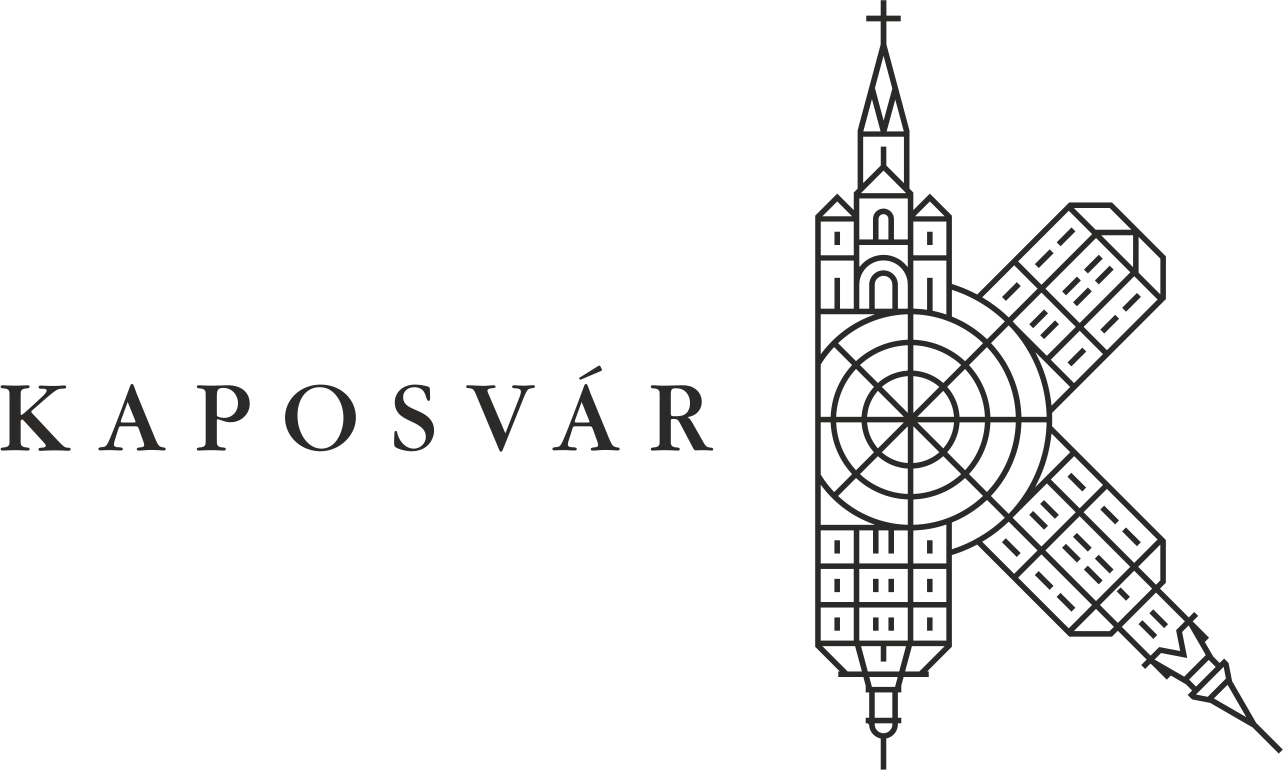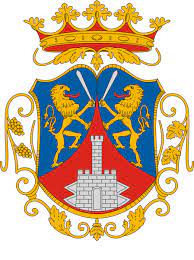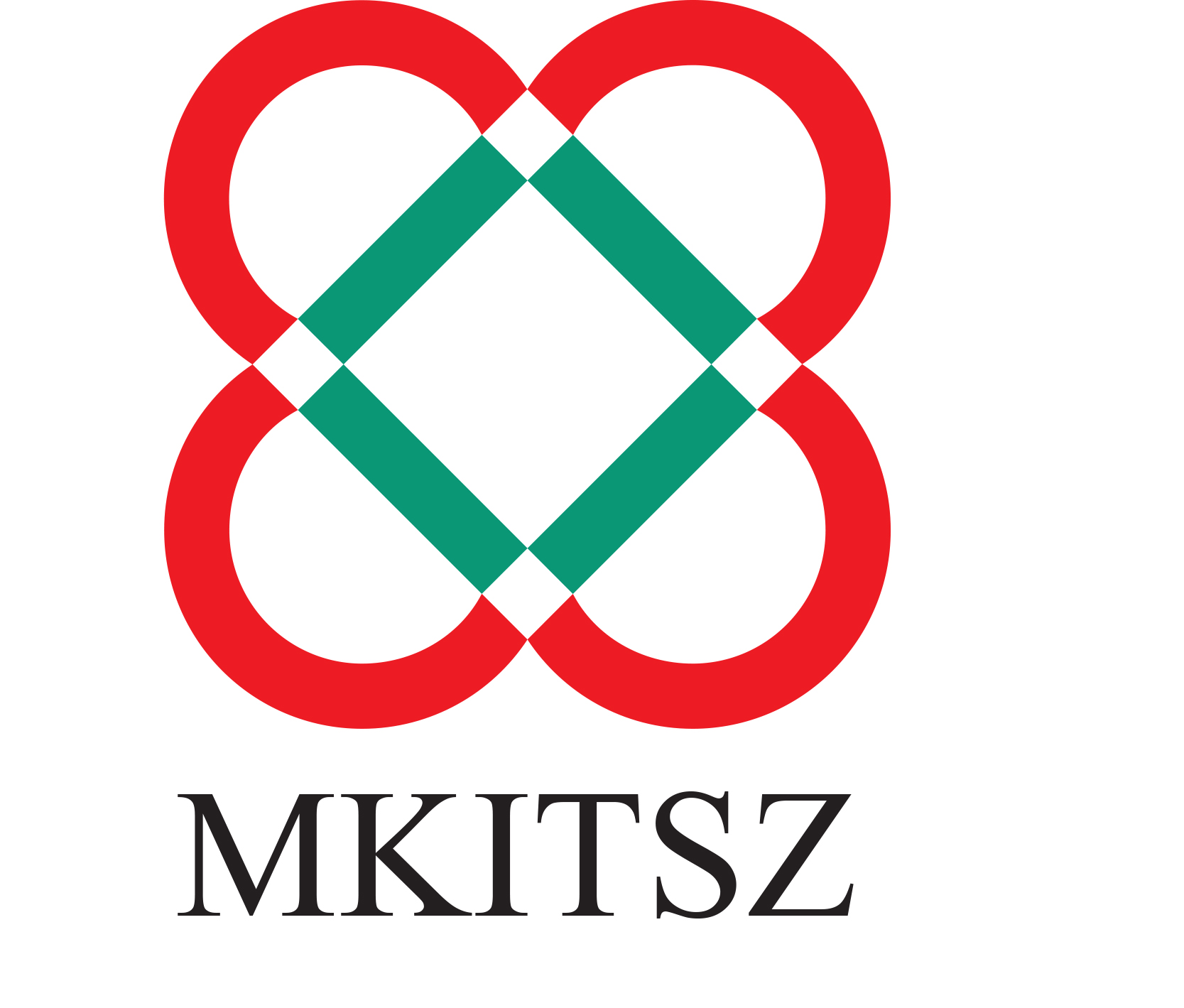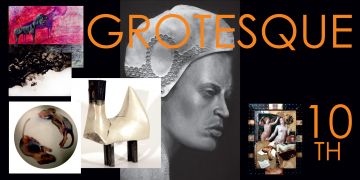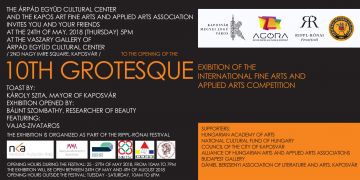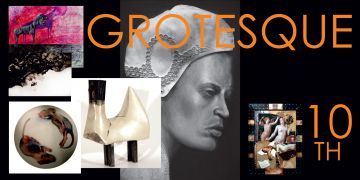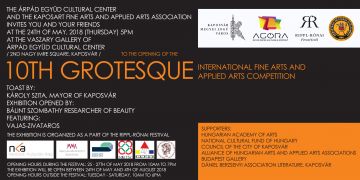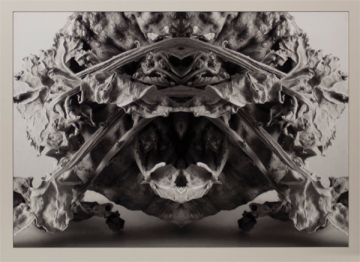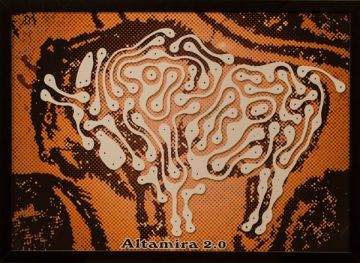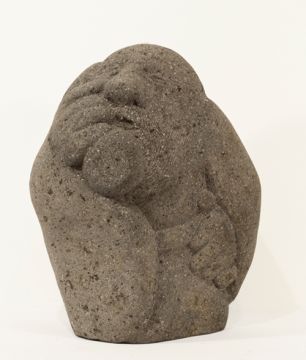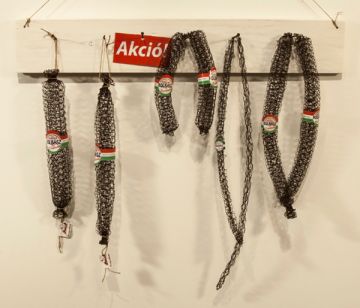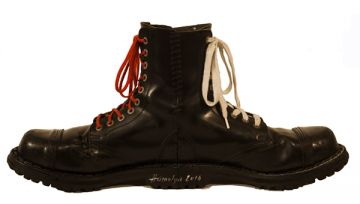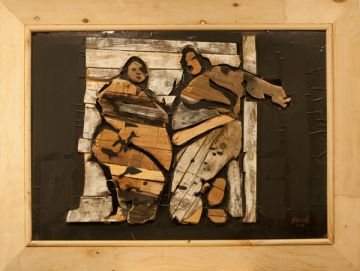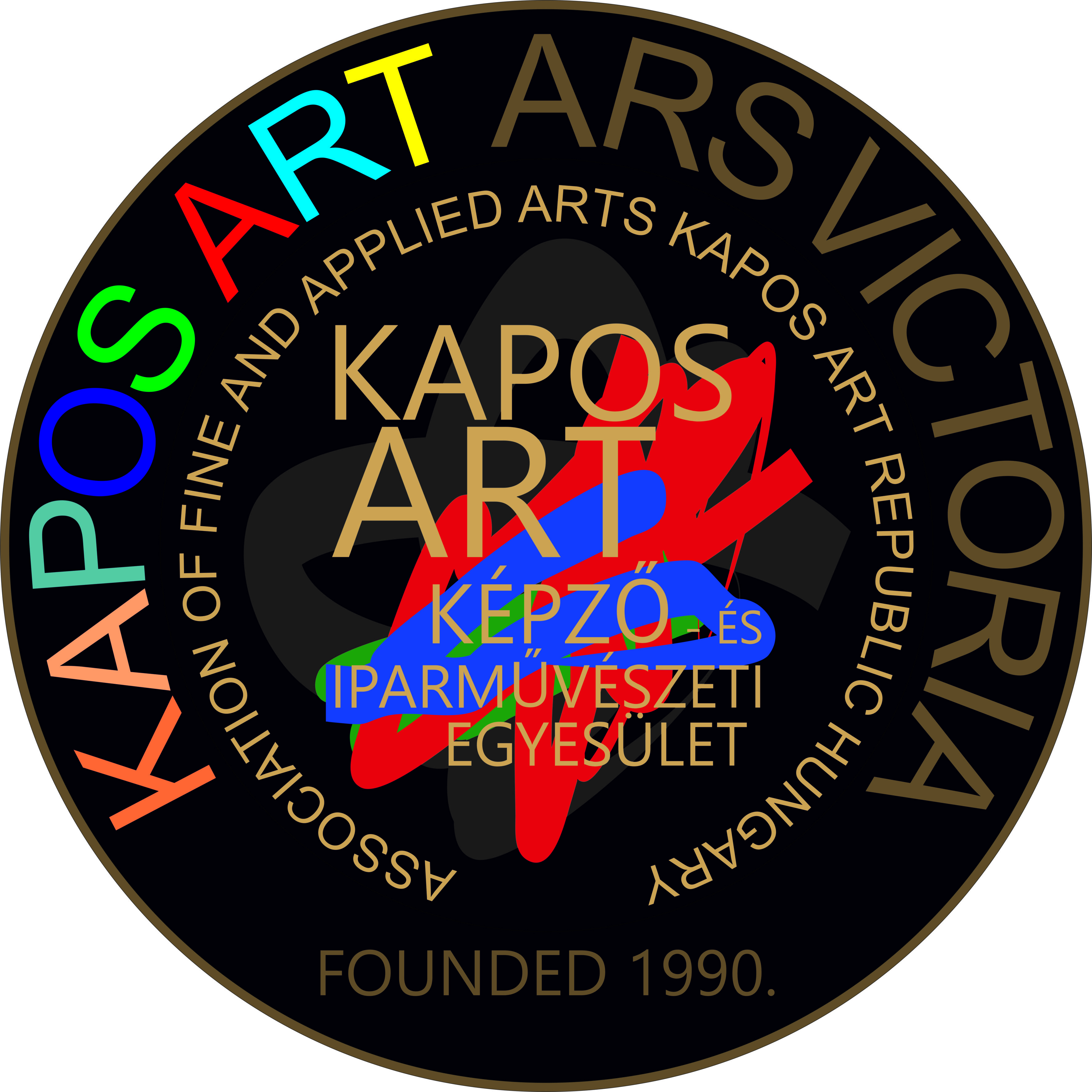 Kapos ART Képző- és Iparművészeti Egyesület
Kapos ART Képző- és Iparművészeti Egyesület
7400 Kaposvár, Toldi Miklós u. 7. / info.kaposart@gmail.com / 06-20-983-9685
Adószám: 19192503-1-14
Bankszámlaszám: 10403909-39000581-00000000
English information
11th GROTESQUE TRIENNIAL
International Grotesque Fine Arts and Applied Arts Competition and Exhibition
motto: „…its realization is essentially a skewed projection with a heated mood onto an irregularly warped and distorted reference plane.”
(Boris Vian)
The Kapos ART Fine Arts and Applied Arts Association announces the 11th International Grotesque Fine Arts and Applied Arts Competition
- Venue of exhibition: Kunsthalle Budapest (Budapest Hall of Arts)
- Central place to deliver submissions:
Kunsthalle, Budapest - 37. Dózsa György rd. Budapest, 1146
Date: 26th and 27th of April (Tuesday and Wednesday) 2022, between 10-17 hours. - Delivery location of submission in Kaposvár:
Gyula Takáts Library, 4rd. Csokonai strt., Kaposvár, 7400
Date: 22nd of April (Friday), 2022, between 9-19 hours.
The Kunsthalle Budapest only accepts submissions on the dates stated above.
- Works submitted via mail should be sent to HU-7400 Kaposvár, Toldi u.7.
Parcels should be marked “to be called for, Post office no 7 Kaposvár”
Please write “Kapos ART Grotesque Competitiion” on the parcel. - The competition is open to all fine artists and applied artist, without any limitation on genre and technique.
- The competition is open to both domestic and international participants.
- An exhibition will be assembled from the works entered into the competition at Kunsthalle Budapest between 13rd of July and 28th of August of 2022.
- Opening ceremony: 12nd of July, 2022.
Terms of competition:
- Works should be submitted in a state ready for exhibition
- Two works can be entered per artist per genre
- Serials count as one work, but the jury can limit its amount
- We only accept fragile pieces in proper protective packaging
- Maximum weight of works is 50kg
- Maximum size of paintings is 100cm
- Only works made in the last two years can be submitted
- We are not liable for works damaged during delivery
- Works not selected by the jury which were not taken back will be stored for a year. After that we can’t take responsibility for storage
Please include the data bellow with each artwork:
- Name of artist
- Title of artwork
- Genre
- Technique
- Size
- Year when it is made
A professional jury will assess the submitted work. We will notify the artists about the results. The list of artworks to be exhibited will be published on the website of Kapos ART.
A bilingual catalog will be published about the competition. All exhibiting artists are entitled to a copy.
We will contact the artists whose artworks were not accepted by the jury about the return of the works. Mail costs are covered by the artist.
In 1996 the Kapos Art Fine Arts and Applied Arts Association created a contemporary International Grotesque Fine Arts and Applied Arts Collection from the offerings of the participating artists. We would like to expand this collection, and we would like to request that if you want to offer your artwork, please state this both on the back of the artwork and on the application form. Selections from the collection were exhibited at the Contemporary Hungarian Gallery / Villa Vermes of Dunaszerdahely (Dunajská Streda) and in the Ţării Crişurilor Museum of Nagyvárad (Oradea) recently.
Wishing you a successful creative work,
The Organizing Body of the 11th International Grotesque Competition
Information:
Kapos Art Fine Arts and Applied Arts Association
András Vörös: Tel.: +36-20/9367-316
Klára Halmos: Tel.: +36-20/9839-685
E-mail: info.kaposart@ gmail.com, This e-mail address is being protected from spambots. You need JavaScript enabled to view it.
Web: www.kaposart.hu
Dear Artist,
In hope that life is returning to normal, and no obstacle will hinder the announcements of competitions and exhibitions, the Kapos ART Fine Arts and Applied Arts association announces the 11th International Grotesque Fine Arts and Applied Arts Competition.
As soon as we have all the information about the date of entry, and the time of jury, we will inform you by email, letter or through phone. This information will also be shared on the www.kaposart.hu website.
In order to assure that all information gets to you, we are attaching an application form.
Please notify us of your intention to enter the competition by sending the filled-in form back to us. Then we will send you the detailed announcement.
Greetings, and wish you good work,
András Vörös, Klára Halmos
Grotesque again
As a member of the jury, and/or who gives the opening speech of the Grotesque for years, held at Kaposvár, I would like to emphasize the actuality and solemnity of said competition, and I find it important to underline that the grotesque, opposed to grandiosity, is situated between the ugly and the comical amongst the aesthetic qualities, and that there's nothing funny in it. It's a little alarming, like the "trades of entertainment" of the courts of the noble and royal of the past, like the performances of midgets, hunchbacks, mentally handicapped and other unfortunates. As per Milán Füst, this is the reason, the means of grotesque can not be be elevated into the sublime world of "grand art".
"...the strangeness of grotesque, and the trivial clumsiness of burlesque both live separated from this "grand art" says Füst with axiomatic confidence..
This wise and precisely worded sentence, - written at the year when I was born (which is indicating that it happened almost before our era) - doesn't hold up, not one piece of it these days. In the context of contemporary art, the expression grand art not only became obsolete, but almost ridicolous. The strangeness and triviality of both the grotesque and burlesque became facts of not just art, but our everyday life.
But how we experience the dramaturgy of grotesque in our day-to-day lives? Let me illustrate it with an anecdote. We were traveling from Budapest with my friend, Miklós Szőcs to fulfil our jury duty for this exhibition. We stopped at a gas station to buy motorway fee vignette. The "shop" was closed and deserted. It turns out, the station was closed. I was surprised, since even though it was half past six in the morning, I never saw any closed gas station on a motorway. 'Never mind!, I thought, there's another about two kilometers down the road. It was open sure enough, but the kind teller lady told us that she cannot sell us a vignette, since 'the system has collapsed'. 'Now what?' We asked ‘Without a vignette, will we be fined then?’. ‘Naturally’, she reassured us, that it’s not a total breakdown of the system, since the fining side is still operational. ‘Then what should we do?’, we asked. It turns out, the Motorway Supervision is right in the basement of the neighbouring McDonald’s, we can buy our vignette there. At said and improbable place, we only found a cleaning lady, who told us that the office will open at seven o’clock. We waited then. After a few minutes past seven, we got in, and the place was deserted besides a lonely teller. We had to get a queue number- We waited until the announcing system called us to a window, where we could finally pay a few thousand Forints for our vignette, and finally start off to Kaposvár.
Isn’t this story grotesque? It sure is. This is why I claim, that grotesque is our everyday reality.
Furthermore I say that the grotesque, even if it’s not the only, but indisputably the most efficient and authentic way of artistic expression. Nevertheless the diabolical unpredictability is still there (i.e. closed Gas Station) and so the distorted implying chaos (i.e. collapsed system). Implying the reality without order, which pervades our age, and which, in a larger context, distanced humanity from the Divine Order. This is the deranged world of Lucifer, as said in the London Scene of THe “Tragedy of Man from Madách:
And just in this distortion I delight.
A grinning ape that counterfeits man’s face;
Magnificence; then pelting it with mud;
Concupiscence; a penitent’s hair shirt;
A hymn to chastity from harlot’s lips;
The worship of the worthless and the small;
The curse the worn out rake doth hurl at love;”
(Translated by J. C. W. Horne)
We should note that the face of the devil mutable, and he prefers to hide behind interesting looking diversity. This is the reason, the beings of the underworld, and the other shapeshifting entities can turn into almost any shape. In the hungarian folklore only the lambs and doves are the exceptions from this, and the reason for this is clear. So our lives are unpredictable in a lot of ways.
The realism of grotesque is also about if the artist cna stare into the eyes of the devil, showing him his own protean image. This is the reason these artists deserve our respect, who can laugh and cry at the same time, similar to those “entertainers” of the past.
The awardees and those artists of the highest standart of this year’s competition all had a duality, ambiguity in their works, perplexing us.
The younger Ferenc Ficzek for example photographs harmless vegetables, which then turn into scary monsters in his interpretation.
Even the title “Dualities” of the graphics of István Mátrai refers to this, implying the several thousand years old Altamiran Bison using the shapes of printed circutry, a hallmark of our age.
The material of the work of Imre Pistyur, volcanic stone, and the method which he uses to shape his creations from one block could evoke the art of the american Aztecs, if it wasn’t showing a typical 21st century gesture of speaking on a cellphone.
Gábor Flórián’s “Sausage” impressively formulates said sausages from wires, including the usual label too.
Gábor Homolya’s “Dispraxia” is a no less impressively made object, with even more layers of meaning, since it’s a boot with two toecaps, looking like if two boots are fusing together. This obvious uselessness turns it into a work of art.
The brilliant depiction of a pair of people of Nándor Hérics could also be called ambiguous, since the apparent hastyness, the agglomerate of waste boards entails a very strict compositional order.
I wish further successful work for the artists, and a lot of strength and perseverance for the organizers of this exhibition, so we can meet again next time.
György Szemadám, painter, writer, regular member of the Hungarian Academy of Arts.

